1. Learning Directions Without GPS
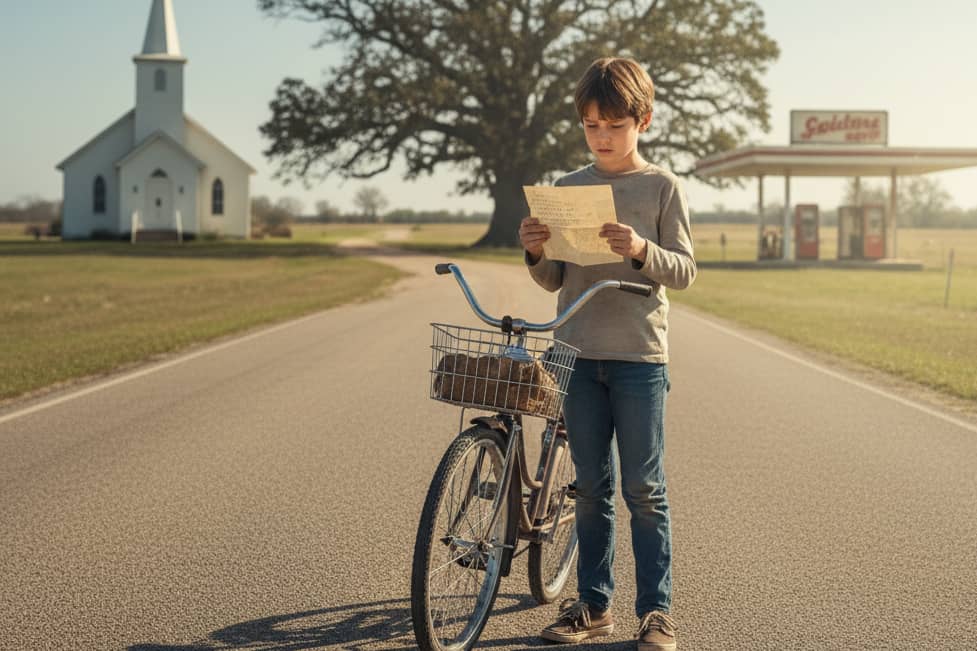
Growing up in the 1970s felt like freedom in its purest form. We made our own fun, tested our limits, and didn’t think twice about how simple or risky things really were. Looking back now, I can see the charm, and the flaws, of those so-called perfect days.
Getting anywhere meant relying on maps, handwritten notes, or remembering landmarks along the way. We learned to recognize turns by gas stations, churches, or “the big oak tree,” and sometimes ended up lost before finding our way back. It could be frustrating, especially in unfamiliar places, but it also sharpened our awareness of the world around us. Each successful trip felt like an accomplishment, and even wrong turns became part of the adventure. GPS has made travel easier, but it’s also robbed us of that sense of discovery and the small victories of finding your way with little more than memory and instinct.
2. Finding Friends by Finding Their Bikes
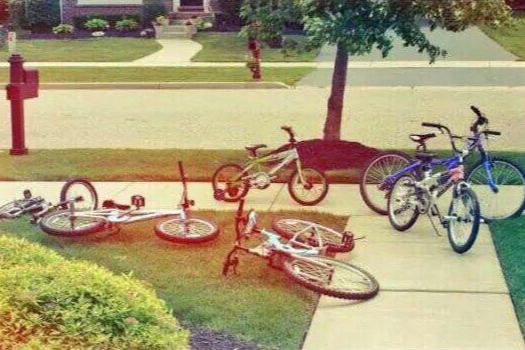
Back then, friendship didn’t come with a quick text or ping. Instead, it was about scanning the neighborhood until you spotted a pile of bikes tipped over on someone’s front lawn. That sight was the unspoken sign that your friends were inside, and all you had to do was drop your own bike and join in. The thrill of discovery made every hangout feel like a little adventure. Of course, the downside was that you could spend hours circling blocks only to realize no one was home, or worse, miss them by minutes. Still, those endless rides taught us patience, persistence, and the joy of stumbling into fun rather than scheduling it.
3. Staying Out Until the Streetlights Came On
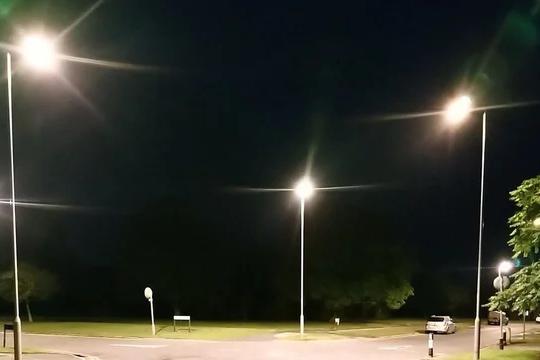
The streetlights were our clocks, and once they flickered on, you knew it was time to head back. Until then, the sidewalks and backyards became arenas for games like tag, hide-and-seek, and kickball that could stretch on for hours. The freedom was exhilarating , kids roamed without hovering parents, testing independence with every game. Yet looking back, it wasn’t without risks. There were no cell phones to call for help, and many of us wandered farther than our parents probably realized. Somehow, we still felt safe, and maybe that sense of trust, even if misplaced, made those evenings glow brighter in memory.
4. Dangerous Playgrounds
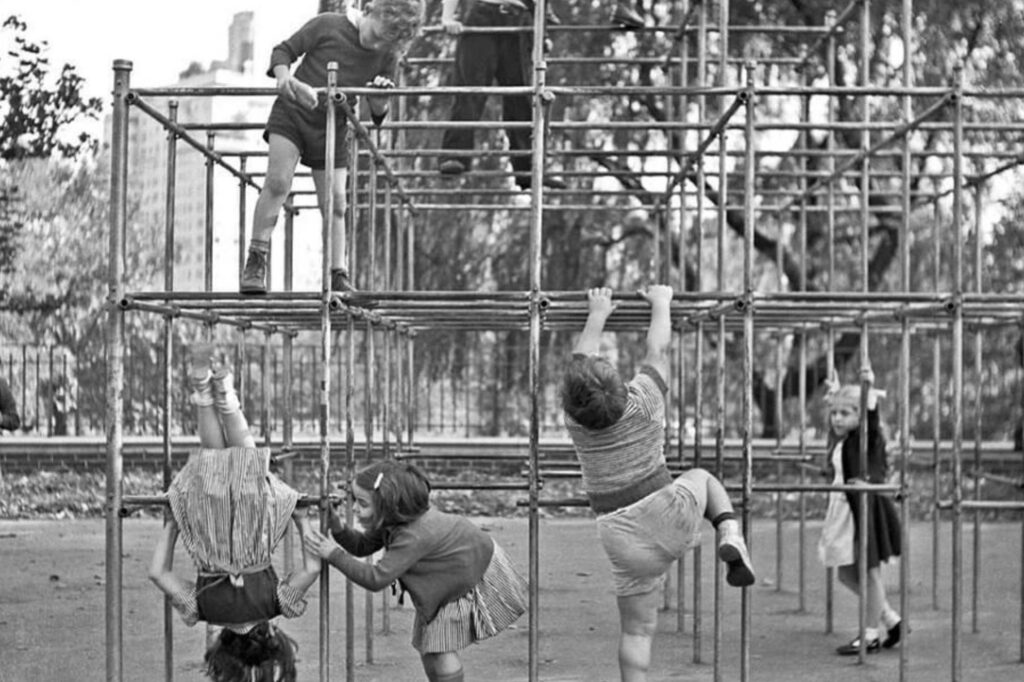
Our playgrounds looked like mini obstacle courses made of steel, wood, and asphalt. The metal slides could burn your legs in the summer, monkey bars stood high enough to rattle your teeth if you slipped, and the see-saws were practically springboards if your friend decided to jump off too soon. At the time, we thought nothing of it , the risks were part of the thrill. Most of us have at least one scar or bruise as a souvenir, proof of how fearless (or unaware) we were. Today’s safer, plastic playgrounds might keep kids from getting hurt, but they can’t quite replicate the wild sense of adventure that came with every climb and tumble.
5. Travel Games Like “Punch Buggy” and Geography
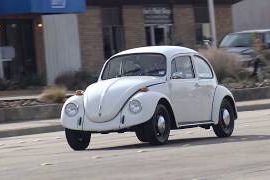
Road trips weren’t cushioned by screens or tablets; instead, they were powered by games that could stretch across state lines. “Punch Buggy” was a favorite, where spotting a Volkswagen meant landing a playful jab on your sibling’s arm. Geography tested memory and quick thinking, with players naming places that started with the last letter of the one before. It made time pass, but also sometimes sparked arguments , especially if someone insisted “Zanzibar” didn’t exist. The bigger danger, though, was that these games unfolded in cars without seatbelts or airbags, while parents puffed away in the front seat. It’s amazing how those cramped, smoky rides now stand out as cherished family adventures.
6. The Thrill of TV Channels You Had to Earn
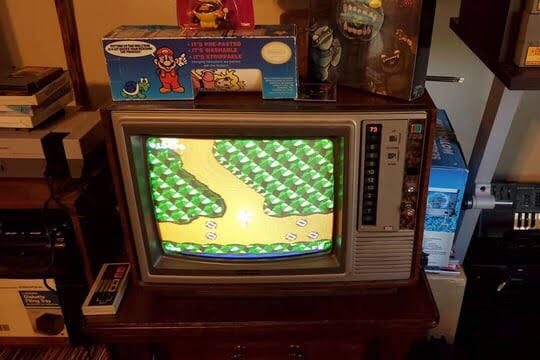
Television wasn’t something you carried in your pocket or streamed endlessly , it was a treat you had to work for. With only a handful of channels, you often had to fiddle with antennas, adjust knobs, or smack the set to stop the picture from rolling. Watching your favorite show at the exact time it aired felt like an accomplishment, and missing it meant waiting weeks or months for a rerun. There was frustration in the limits, but also magic in the anticipation. Families gathered together to watch, and every program felt like an event rather than background noise. In a way, fewer choices made those moments more memorable, even if they came with static and grainy screens.
7. Busy Signals and Party Lines
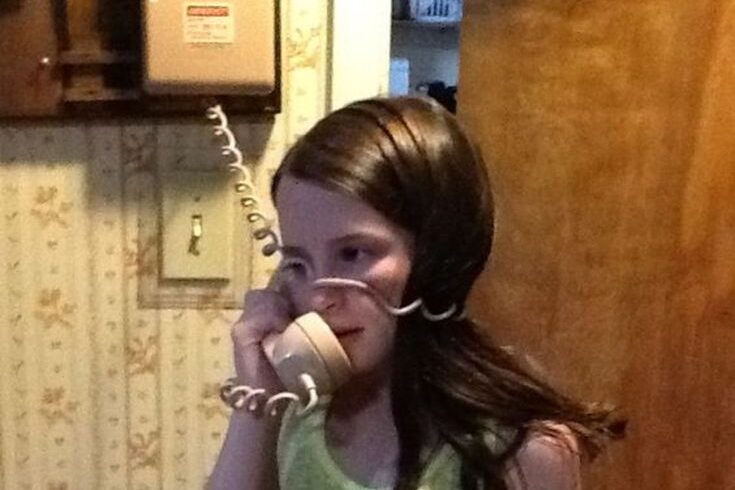
Phones were anchored to the wall, and calling a friend wasn’t always simple. If their line was busy, you just had to keep trying until it freed up. Some households even shared party lines, meaning your conversation could be interrupted by a neighbor who picked up their phone. It was inconvenient, but it also made each call feel more deliberate , when you reached someone, you really valued the connection. There was no such thing as texting “I’m on my way,” so people relied on trust and punctuality. Looking back, it was a slower and often frustrating system, but it also meant that when you did hear a friend’s voice, it felt like an occasion worth savoring.
8. Playing in the Dirt and Drinking from the Hose
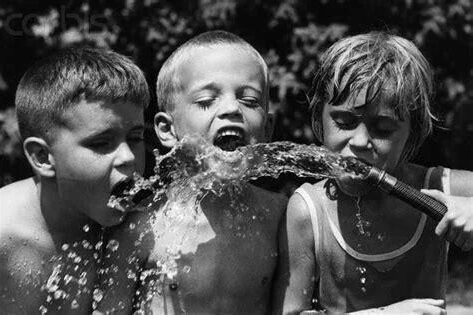
Most summer days were spent outdoors, covered in grass stains, mud, or dust by the time the sun went down. Thirst was solved by grabbing the nearest garden hose, and nobody questioned whether the water was perfectly clean. The fresh air and physical play were healthy in ways we didn’t realize then, but sunscreen, hydration breaks, or antibacterial wipes weren’t part of the routine. We may have risked a few germs, but we also built resilience and creativity, inventing games with nothing more than sticks, chalk, or an open patch of grass. Those messy days created friendships and memories that felt bigger than anything on a screen.
9. Music on Vinyl and Cassettes
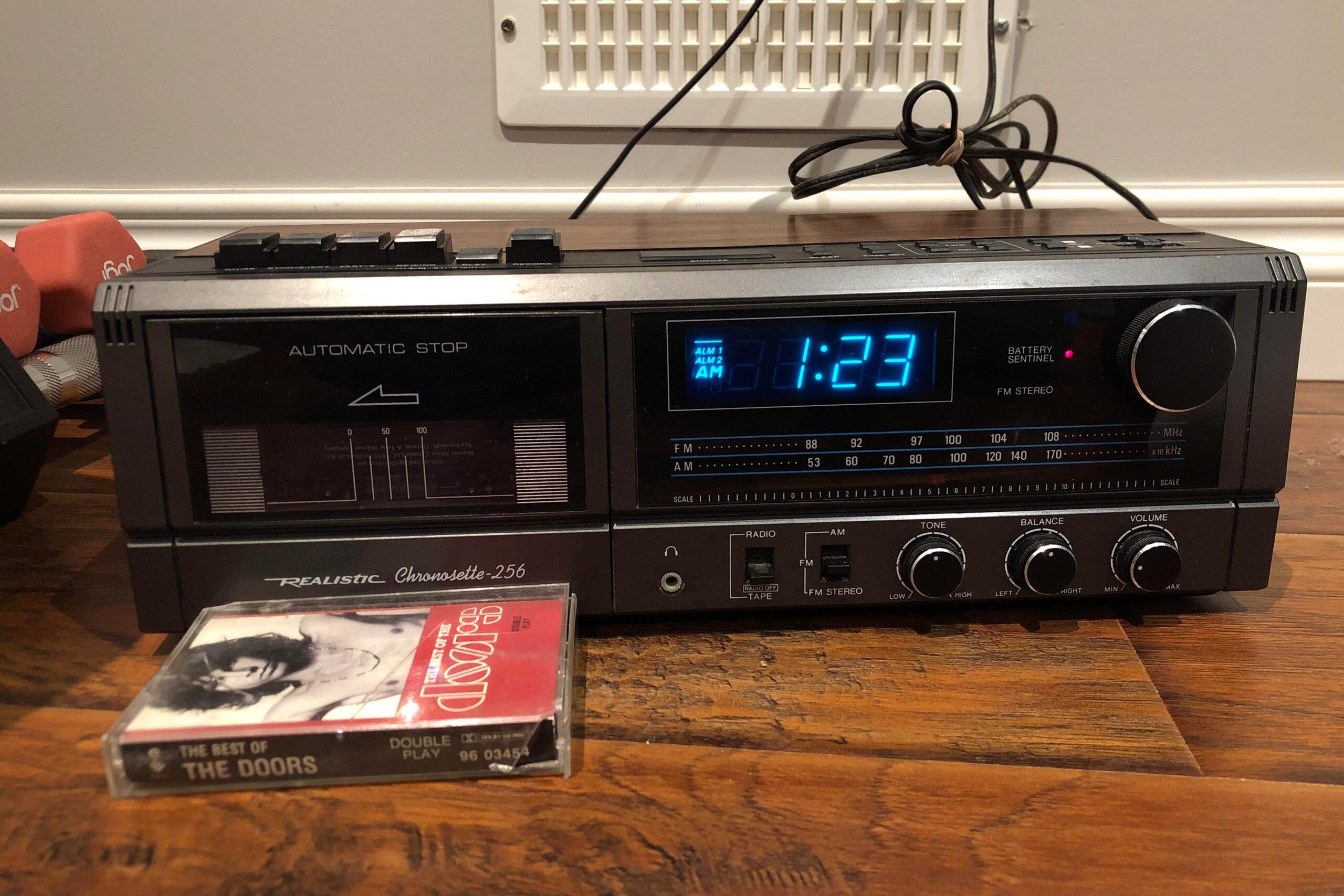
Music wasn’t just something you streamed on demand , it was something you held. Vinyl albums were works of art with covers you could stare at for hours, and cassette tapes let you record songs straight off the radio, DJ chatter and all. The frustration came when a tape unraveled in your player or a favorite record got scratched, ruining a beloved song. But there was also joy in listening to albums in full, without skipping around. Saving up to buy one record meant you cherished every track, even the ones that weren’t instant favorites. Today’s instant access is convenient, but it rarely captures that same sense of magic and effort tied to every listen.
10. Graffiti and Grit
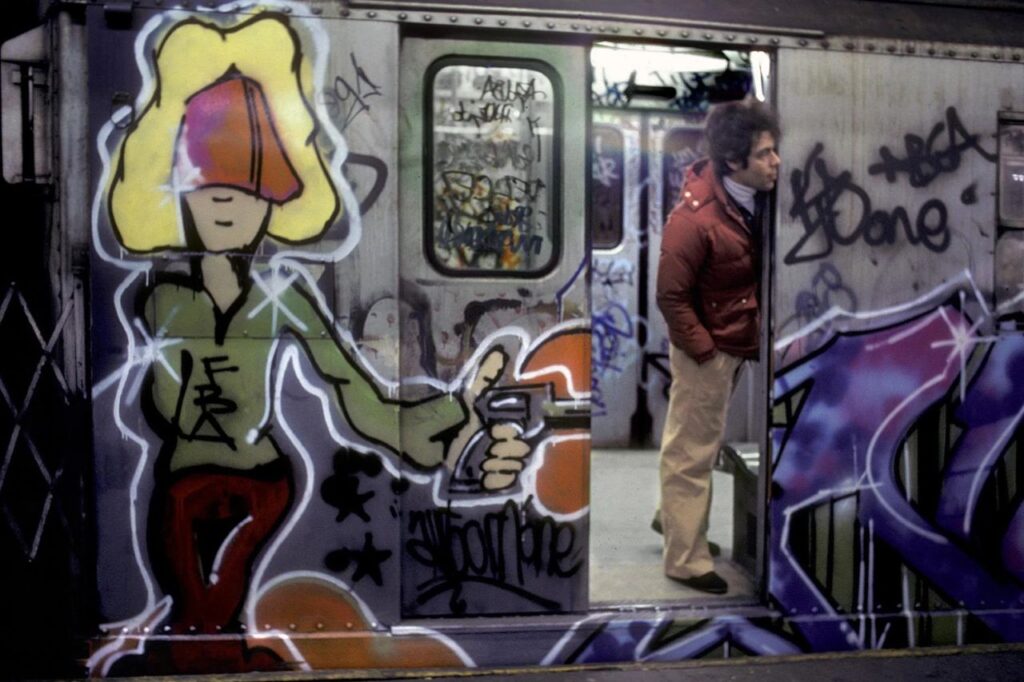
Cities in the 1970s had a raw, unpolished energy. Subways rattled by with graffiti-covered cars, buildings looked worn, and some neighborhoods carried a reputation for being a little rough around the edges. As kids, we often saw the grit as exciting, a backdrop full of personality and life. But behind that color was a harsher reality , higher crime rates, pollution, and economic struggles that weren’t so romantic. Still, those sights and sounds left an impression. They shaped how we saw the world, teaching us resilience while giving every trip into the city a sense of unpredictability and adventure.
11. School Lunches with Real Flavor

School lunches in the ’70s may not have been fancy, but they had character. Pizza days were legendary, the spaghetti was surprisingly decent, and even the infamous meatloaf had its fans. Portions were small, and seconds were almost never an option, but somehow the food felt more real than the overly processed choices that came later. Allergies and special diets weren’t on most schools’ radar, so everyone ate from the same tray. What made it all special, though, wasn’t just the food , it was the laughter at the tables, the trading of desserts, and the little rituals that turned lunch into one of the day’s highlights.
12. The Art of Being Bored
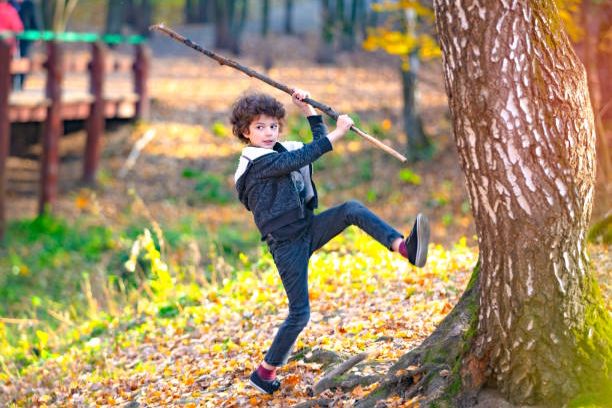
In the ’70s, boredom was part of everyday life, and we had to figure out how to handle it. Without devices or endless entertainment at our fingertips, we’d sit on the curb, wander the neighborhood, or invent games out of almost nothing. A stick might become a sword, or an old cardboard box could transform into a spaceship. Sometimes boredom felt painfully slow, but it often sparked bursts of creativity that turned into unforgettable adventures. Looking back, I realize those unstructured hours gave us space to think, imagine, and connect with others in ways a constant scroll never could.
13. Film Cameras and the Mystery of Waiting
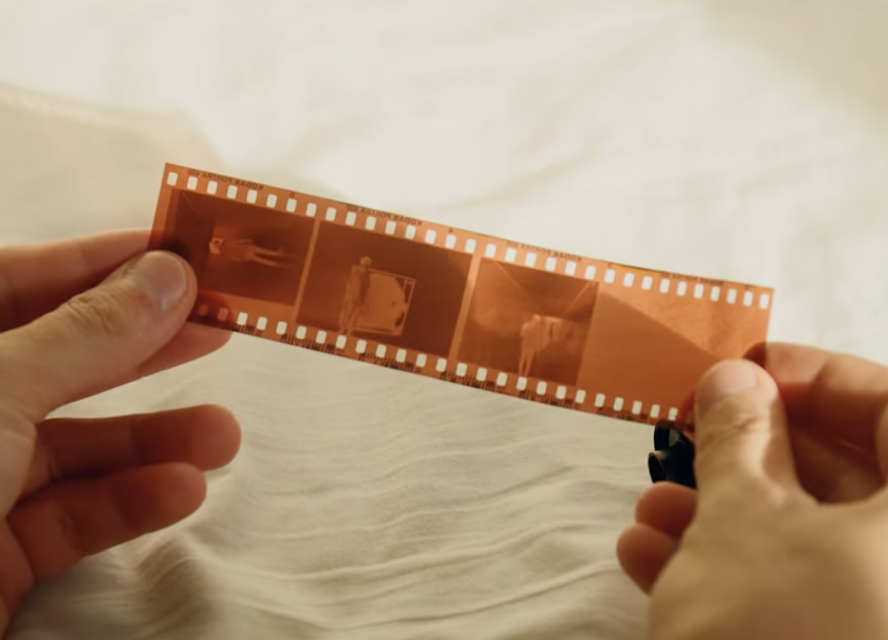
Every photo in the ’70s carried a bit of suspense. You carefully wound the film, snapped the picture, and waited days , sometimes weeks , to see how it turned out after developing. The results were often a mix of surprises: red eyes, blurs, and the occasional thumb covering the lens. But there was a certain magic in opening that envelope of glossy prints, never quite knowing what memories had been captured. Unlike today, when we can delete and retake endlessly, each photo back then felt deliberate, imperfect, and more meaningful precisely because of the wait.
14. Dangerous Toys
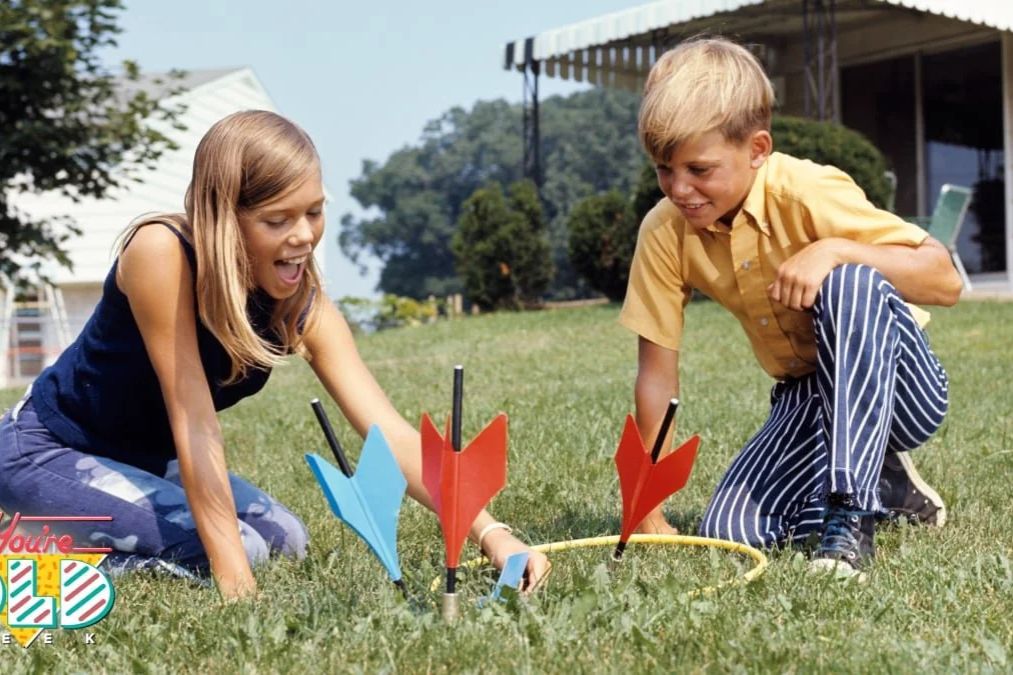
Our toy chests were filled with things that would never pass safety checks today. Lawn darts with sharp metal tips, chemistry sets that smelled like small explosions waiting to happen, and BB guns that were given out far too casually all made playtime feel risky. We loved them because they sparked imagination and gave us freedom to push boundaries, but they also came with real dangers. Many of us walked away with scrapes, bruises, or close calls. Today’s toys may be safer and more regulated, but they rarely inspire the same mix of awe and adrenaline that came with cracking open a brand-new set of potentially hazardous fun.
15. Smoking Everywhere
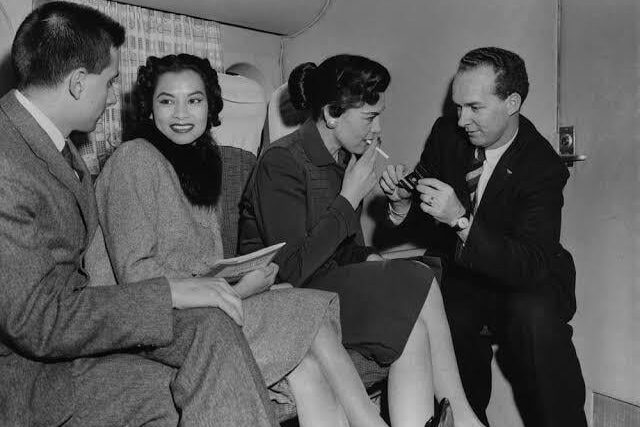
In the 1970s, smoking was so common it blended into the background of daily life. Restaurants had ashtrays on every table, offices were hazy, and even airplanes had “smoking sections” that weren’t truly separate. As kids, we didn’t think much about it , it was simply part of the atmosphere. Of course, the health risks were enormous, and the smell clung to your clothes long after you left. While the social side of it gave some spaces a lively, communal feel, it came at a steep cost. Looking back, I’m grateful we’ve moved on from that culture, but I can still picture the smoke-filled diners that seemed like the backdrop of every family outing.
16. Fixing Things Instead of Replacing Them
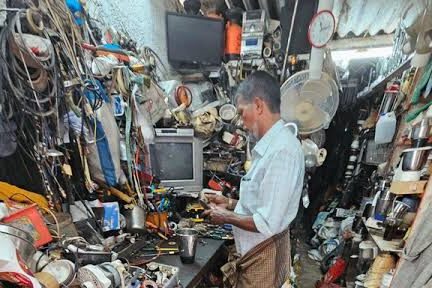
In the ’70s, when something broke, you didn’t just toss it out, you tried to fix it. Toasters, radios, and even televisions were brought to neighborhood repair shops or tinkered with at home. There was satisfaction in keeping something going and pride in knowing it could last years beyond its first breakdown. The downside, of course, was that repairs weren’t always quick or reliable, and waiting weeks for a part could test anyone’s patience. Still, the culture of repair gave objects a sense of permanence and value that today’s throwaway mentality has nearly erased.
17. The Waiting Game for News
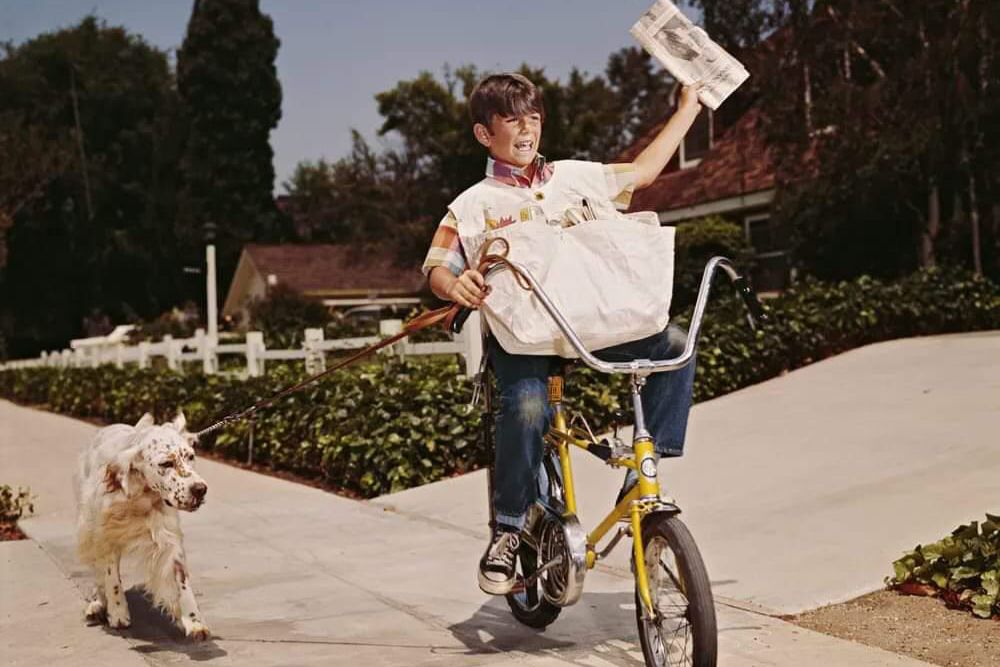
News traveled at a slower pace, and big events often reached us through the evening broadcast or the next day’s newspaper. Life felt calmer without the constant stream of updates we’re used to now, but it also meant staying in the dark longer when something important was happening. That lag gave people more breathing room but also created gaps in awareness. Looking back, I can see how the slower pace kept stress levels lower, yet it also left us less informed. There was a trade-off between peace of mind and immediacy , something today’s 24-hour news cycle has flipped entirely.
18. Living Without “Likes”
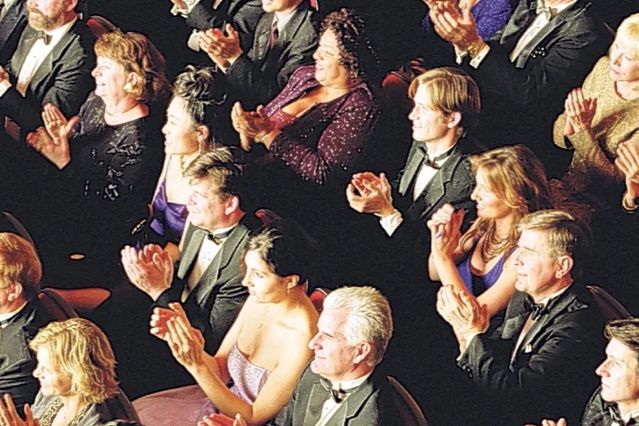
There were no posts, no feeds, and no instant feedback loops in the ’70s. If you wanted validation, it came in the form of laughter, applause, or someone choosing to spend time with you. It felt authentic, but it also meant that if you were left out, you couldn’t scroll to see what you were missing , you simply felt it. Today’s likes and comments offer quick connection but also constant comparison. Back then, friendships were measured in shared moments, not numbers on a screen, and while that didn’t erase loneliness, it did make every laugh or handshake feel more real.
19. No Mental Health Awareness
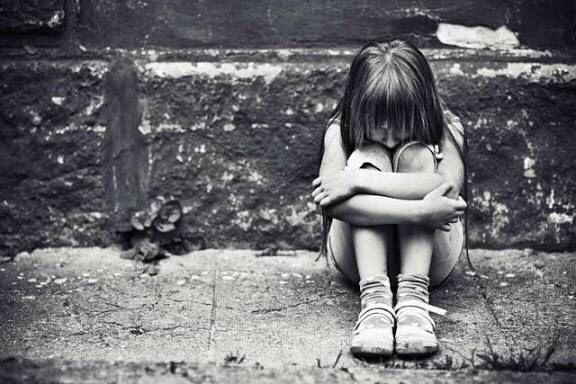
Terms like anxiety, depression, or ADHD rarely entered everyday conversation, and kids who struggled often went unnoticed. A child might be labeled “lazy” or “daydreaming” when in reality they needed support that wasn’t widely available. For some, the lack of labels gave space to tough things out, but for many, it meant years of silent struggle without understanding. Schools weren’t equipped to recognize these challenges, and families didn’t always have the tools to help. Looking back, I see how much was missed , and how many lives could have been gentler if awareness and resources had existed then.
20. Less Protection for Kids Overall
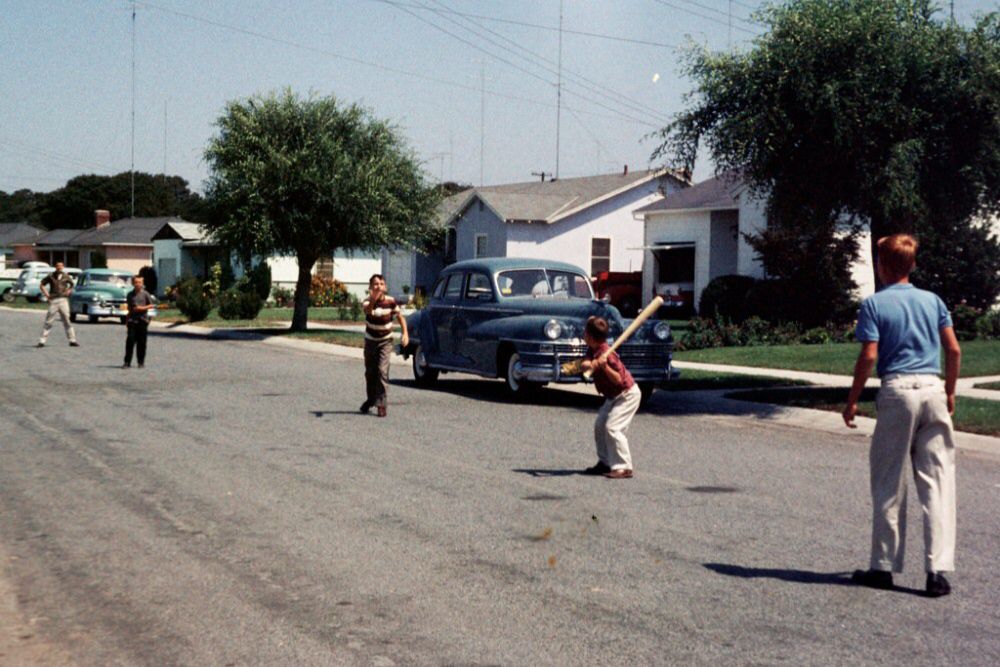
Childhood in the ’70s came with freedom, but also fewer safeguards. Car seats were optional past toddlerhood, stranger danger wasn’t part of school talks, and kids often roamed unsupervised for hours. At the time, it felt liberating, we had wide-open summers and endless independence. Yet behind that freedom were risks we didn’t fully see. Looking back, I appreciate the sense of adventure those years gave me, but I also know today’s kids benefit from having more layers of protection, even if it means their world feels a little smaller.
The ’70s gave me a childhood full of wonder, exploration, and independence, but also a fair share of risks and inconveniences. What felt perfect then looks more complicated now, yet those very contrasts shaped the memories I treasure most. The magic and the mess went hand in hand, and together they made the era unforgettable. What about you, do you remember the freedom, the flaws, or maybe a little of both?
This story 20 Things That Made the 1970s Perfect for Me – But Looking Back, They Weren’t Always as Great as I Remember was first published on Daily FETCH


